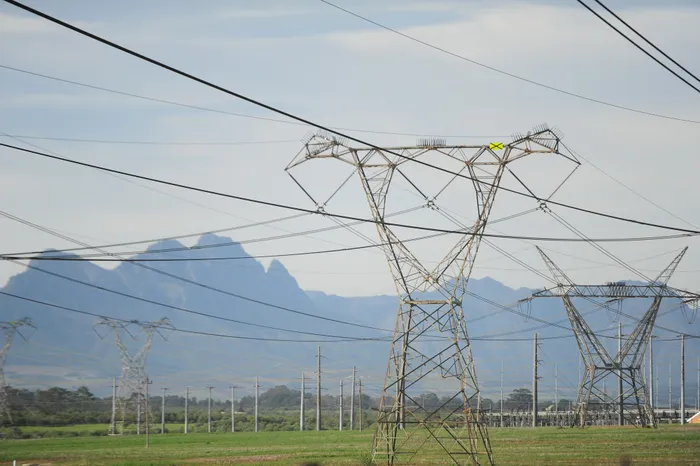Eskom says dismantling of whole energy regulation is needed for fresh start

Eskom’s Pricing Unit has called for a dismantling of the current tariff structure as it has not been reviewed in over a decade. Picture: Henk Kruger/Independent Newspapers.
ESKOM’S Pricing Unit has called for a dismantling of the current tariff structure as it has not been reviewed in over a decade, saying it needed to be updated to comply with the demands of the pending changes in the market as the current tariffs would skewer the market.
Speaking at the National Energy Regulator of South Africa (Nersa) workshop on power trading on Tuesday, the electricity utility officials said current tariffs need to be completely restructured so that entities buying energy on the market would pay only for the energy and not the network charges currently included.
“The tariffs are completely skewed, sending incorrect results, what we need for the future market is a complete restructure and complete unbundling of the tariffs,” said Mutenda Tshipala, Eskom’s senior manager for strategy development.
“Eskom is currently working on a revised plan in preparation for the market which will be bringing in to Nersa and it has bits and pieces of what was submitted previously.
“Things like the generation capacity charge but to some degree it is watered down because that talks to the fixed to fixed assets of generation costs and also it talks to enabling of a capacity market which we are going to into the future.”
Participants largely questioned the capacity of Nersa to regulate a new market with new rules, and suggested that a technical regulator needed to be established to drive the technical aspects of the market establishment as there was lack of clarity even in the promulgated Electricity Regulation Act on the new roles.
They called for a dismantling of all current legislation, pricing and tariff structures, to avoid apparent grey areas in the envisaged new system of operations.
Al'louise van Deventer, Eskom’s senior manager for load forecasting and research, said there was need for more introspection into the processes being embarked on as there were big gaps being figured out in the absence of a fall-back plan.
“The other question, the impact is, what happens if the market collapses, what is the fall back plan, what is the contingency plan? Many of us are making investments and we are setting ourselves up with the understanding that this is the direction that we will be taking,” she said.
“It would help if we could grind some of these issues so that one is clear how one needs to proceed strategically because at the end of the day, we want to position ourselves as competitive and what does that competitiveness entail.”
Van Deventer said clarity was needed on the tariff implications, the process for the consumer and the distributors and whether if there was to be an impact of tariff increases, distributors had to take them in their stride.
SA Local Government Association (Salga) head of electricity and energy, Nhlanhla Ngidi, said there was need for caution on the design and phasing of the new market structures as current legislation and systems did not go into the nitty-gritty of the different roles, adding that most of the current principles toward the new market were mere assumptions.
Ngidi said models of the market being studied in other markets including Australia, California in the US, and Nordic countries, all had systems that detailed how a distributor took power from the 11 KiloVolts line to the 132 Kilowatts that went onto individual households, which was lacking in the current proposals of an open market.
“Lets us be very clear, what are we starting with in the market, how many phases are we going to have in our phasing towards a fully fledged market, is it three or four phases we don’t know,” Ngidi said.
“I thought the market code would start unpacking that but I think the market code is very shy of mentioning what will happen with the distributors, with the people who own the wires. It is still talking about a trading platform with generators and traders and the market operator. It is very shy.”
Related Topics: